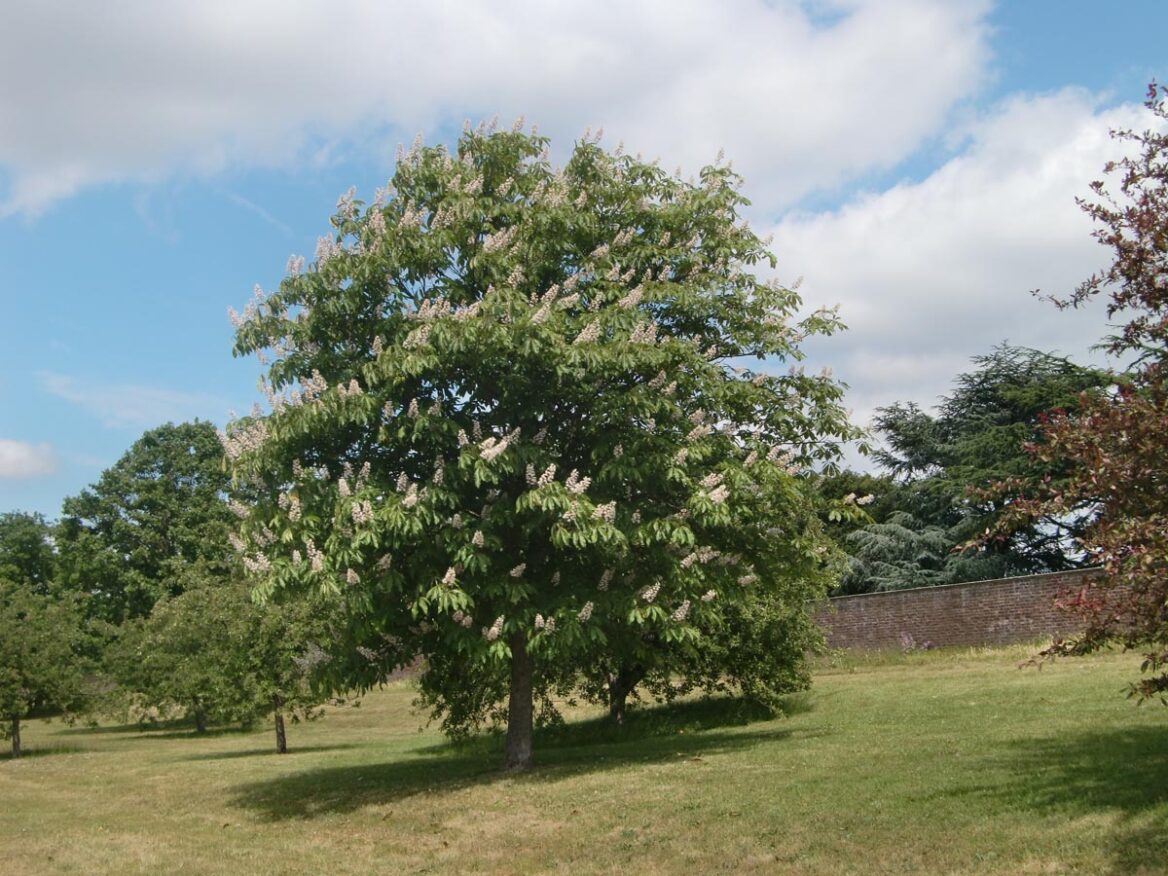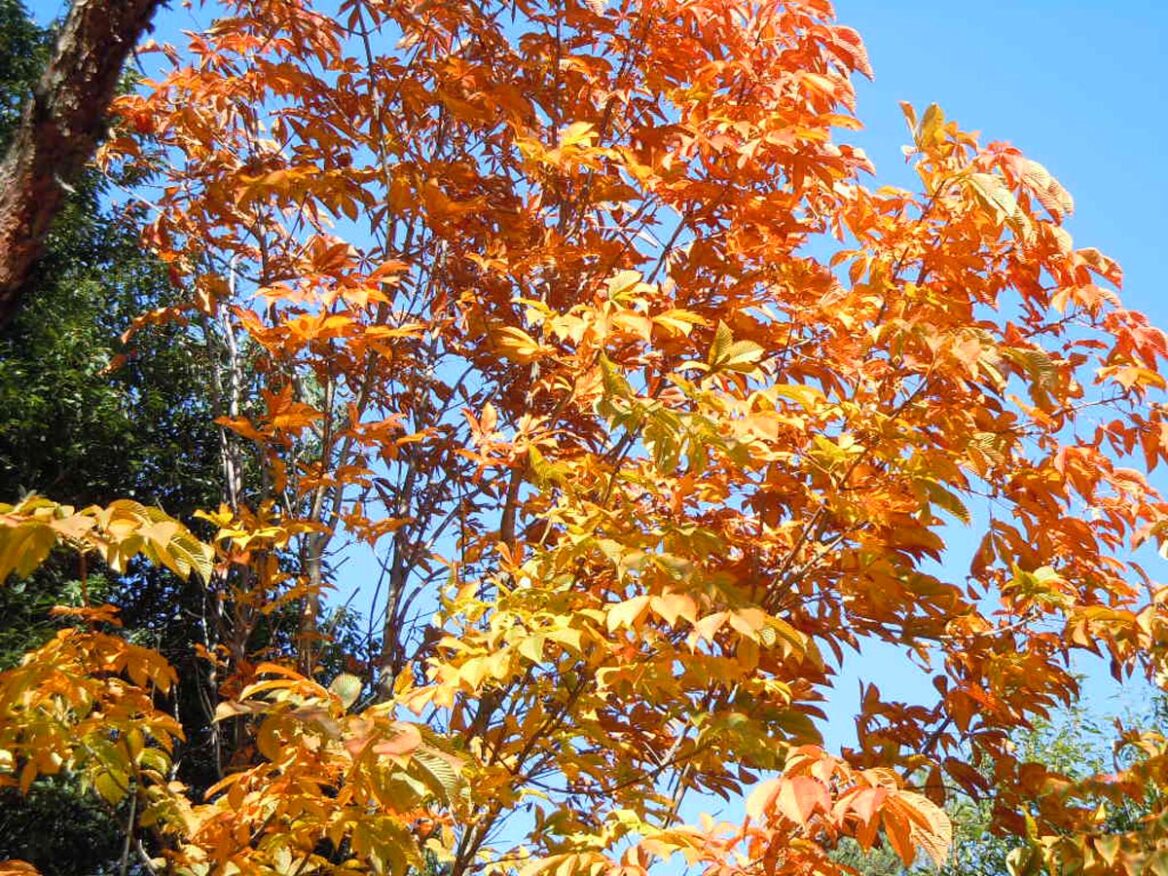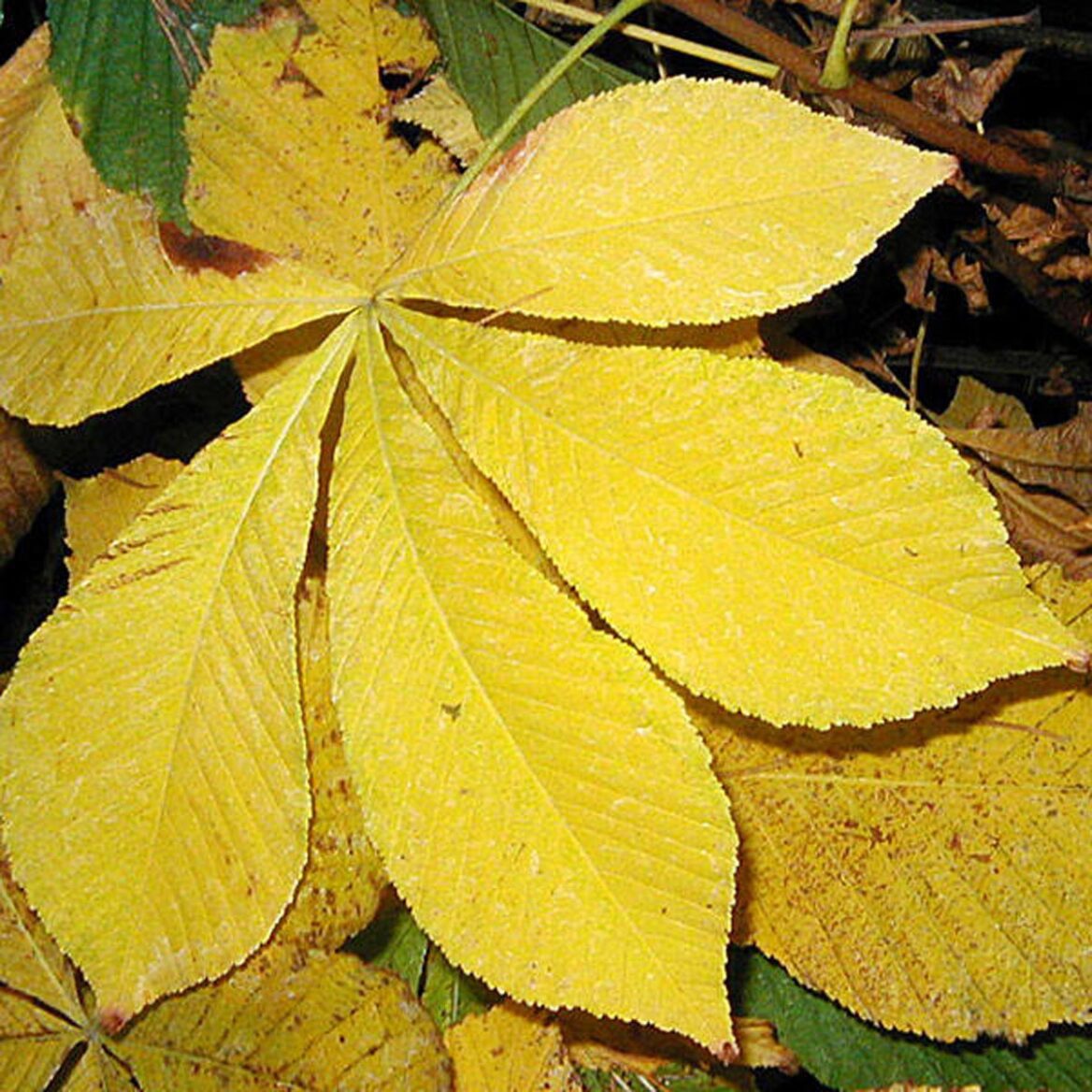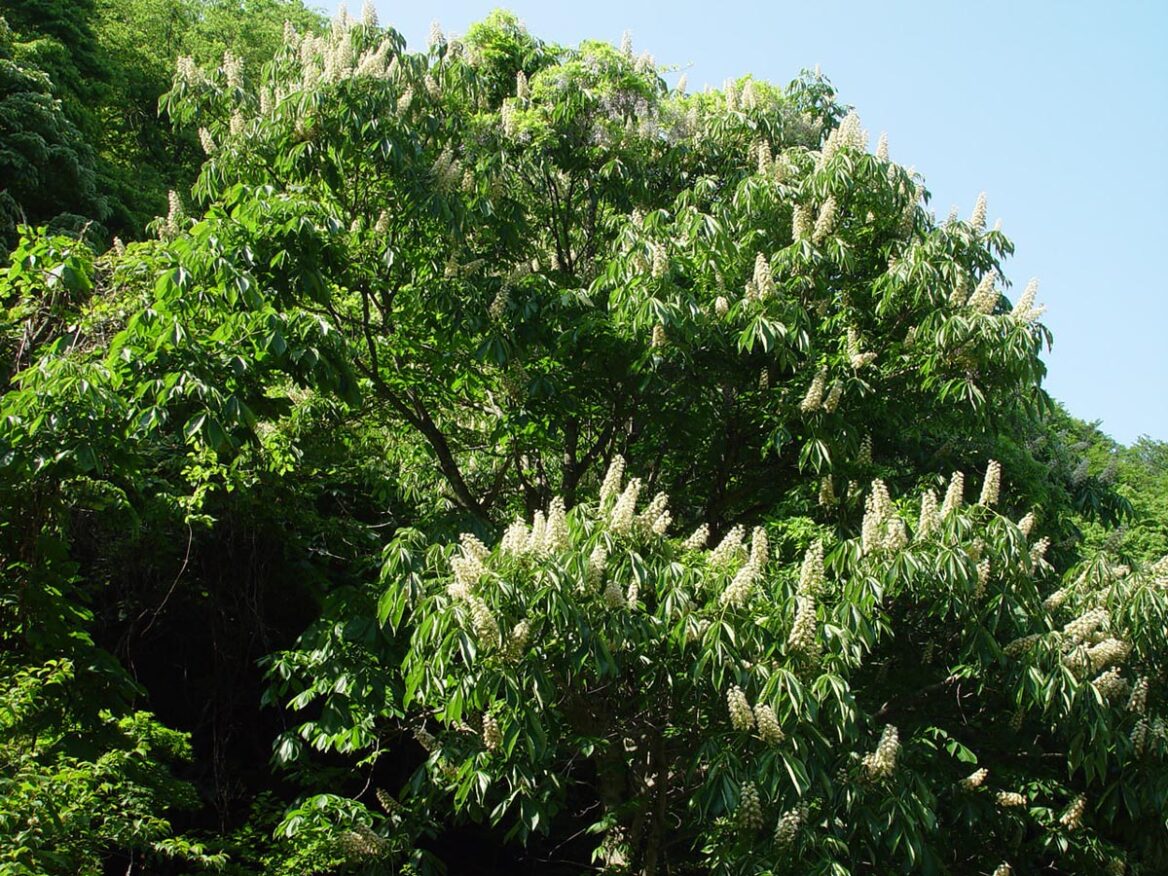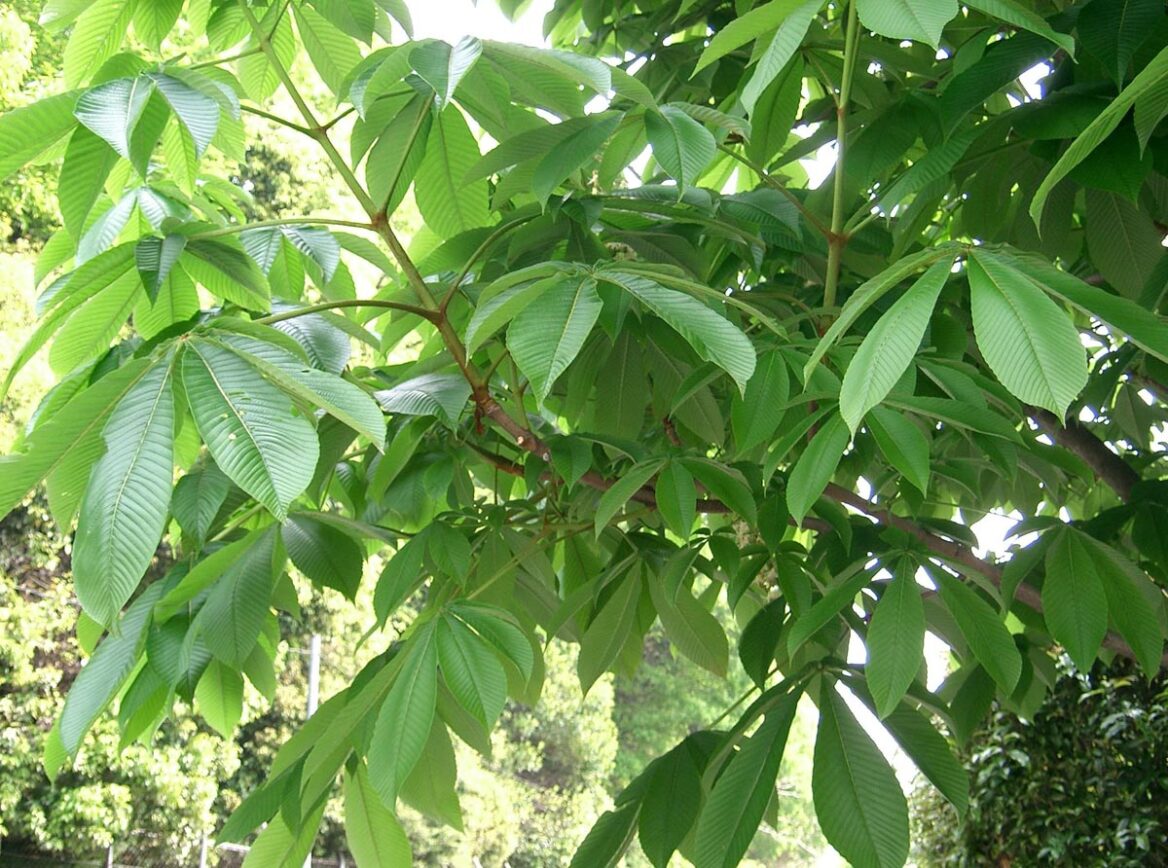Aesculus turbinata
Japanese Horse Chestnut
Aesculus turbinata has huge, fan-shaped leaves and produces large, red-spotted, white flower panicles in late-spring. It bears glossy-brown nuts in the autumn that are toxic to humans and animals. Aesculus turbinata is excellent for use as a large shade tree, and it displays beautiful yellow leaves during the autumn season. Aesculus turbinata is deciduous and native to Japan. Learn more about Aesculus turbinata.
Other common name(s):
Synonyms:
Deciduous
Height: 8.0m
Width:
6.0m
Estimated 10 year height and width
Aesculus turbinata stock information
Full Stocklist| Grade | Height | Standard | Available | I/P | Qty / Price |
|---|
